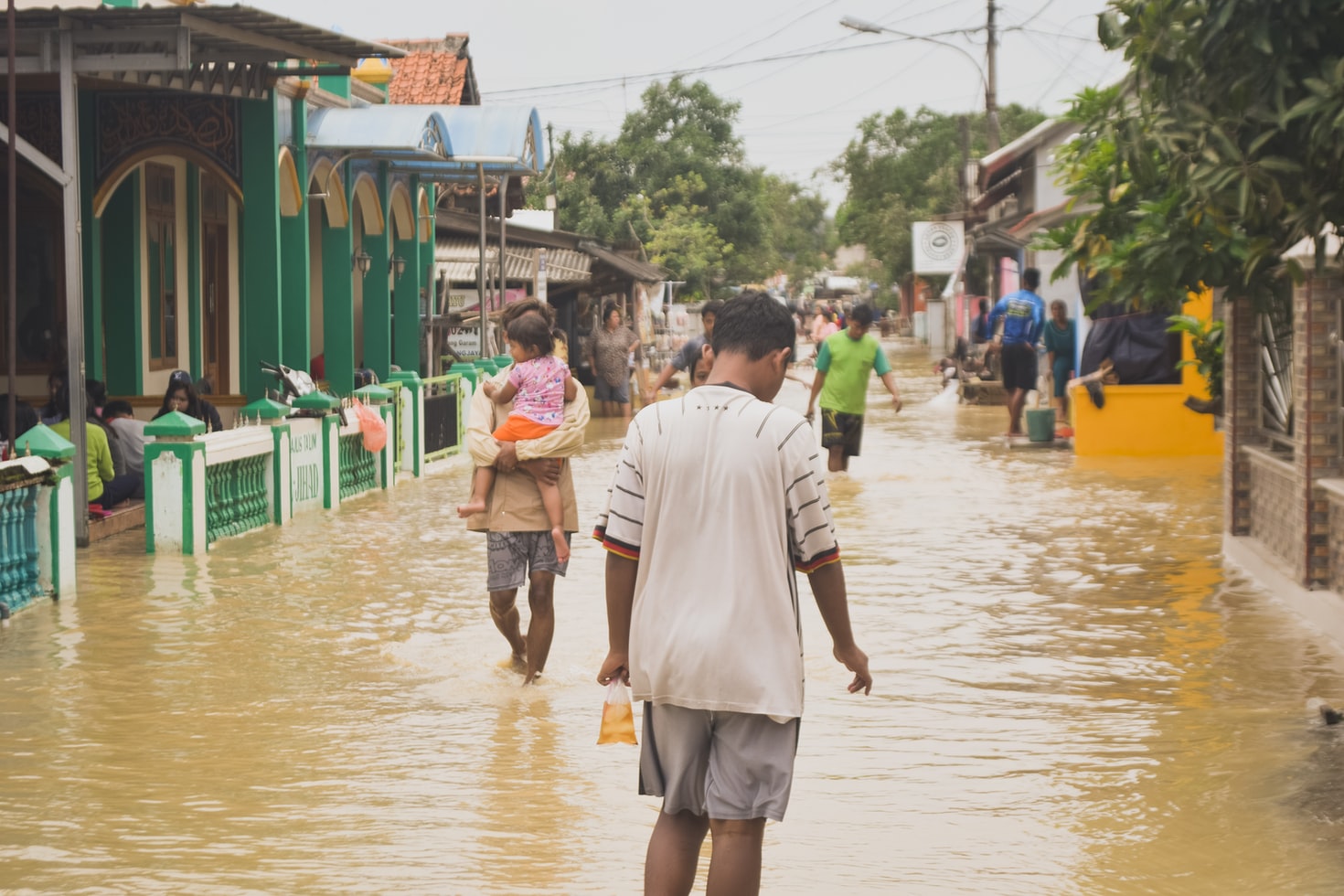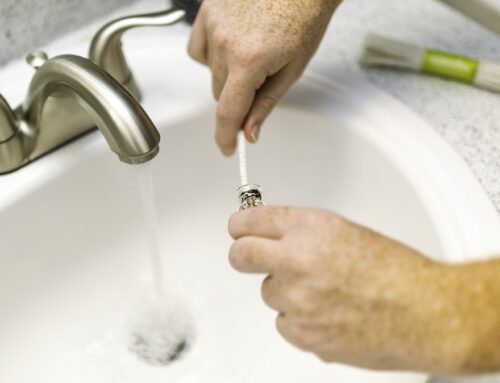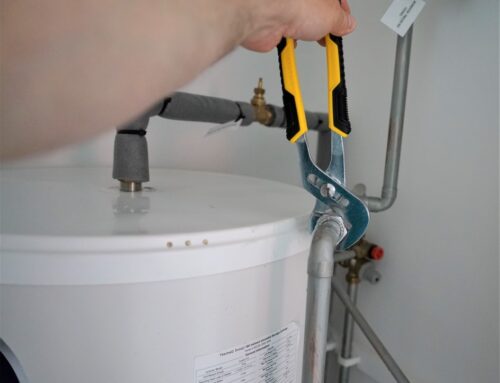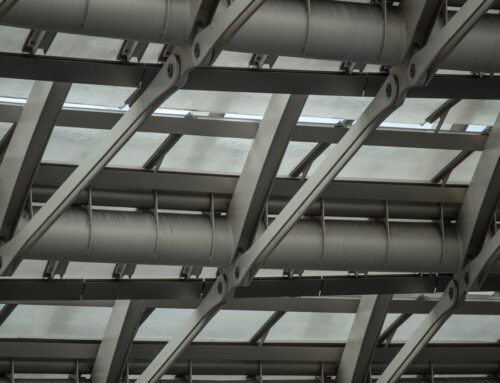Most homeowners pay little to no attention to the maze of pipes hidden within their homes. The typical residential plumbing system is composed of a large number of pipes, tanks, and other equipment required for water, heating or to simply flush a toilet. It can be difficult to worry about what we can’t see.
Some plumbing issues can lead to small problems like dripping taps or no hot water, which can often be easily repaired. However there are a few plumbing problems that can lead to flooding, which can cause significant damage to your home. Here are a few common plumbing issues that you should know about and how you can prevent them with regular maintenance or repair by a licensed plumber. Read on!
1. Outdated Water Heater
A water heater is an essential residential component that maintains the temperature of your showers and the functioning of your dishwasher. A leak in your water heater can result in a major plumbing disaster. A water heater contains a considerable amount of water, so you must address it immediately by dialling an emergency plumber who can resolve the situation before it worsens.
2. Damaged Foundation
Water can come through the floorboards if your home’s foundation is damaged through cracking or flaws. As a home’s foundation sits on the ground it can be affected by water from storms, or other precipitation.
Homes with excellent, solid foundations are typically not affected, while faulty foundations might lead to severe home flooding. Foundation repair is required to avoid floods caused by faulty foundations. While a foundation repair might come with a hefty cost, it’s relatively cheaper than the extensive water damage that results from a home flooding.
3. Issues With Plumbing Appliances
When plumbing fixtures and appliances malfunction, water can flood the home. These systems, such as the dishwasher or washing machine, may have a leak or a problem with their water supply. When this happens, the water in the machine is unable to drain correctly. Water that cannot drain correctly will flow back from the machine, potentially flooding the surrounding area.
4. Weather Issues
Extreme weather can overwhelm your residential plumbing, which can result in home flooding. When the drainage, guttering, and stormwater drains become too clogged to properly allow the water to escape, the excess water can overflow into the homes interior and cause a flood. If this happens, it’s best to vacate your home with your most precious belongings. Afterwards, you can hire a plumber and water damage restoration service to help restore your home to normal.
5. Defective Sump Pump
A sump pump’s job is to push water away from your property to prevent flooding. They are typically installed in the lowest part of a basement or crawlspace of a property. The primary job of a Sump or Drainage Pump is to help keep the area under a structure or building dry, prevent flooding, and assist in the removal of accumulated water.
6. Plugged Septic Tank
Your home may have a septic tank if your plumbing does not connect directly to a sewer system. Slow drainage or unclean water seeping into your shower, tub, or sink are signs of something wrong with your septic tank. If you notice any liquid near your septic tank, there is almost certainly a problem. You’ll want to have this fixed as soon as possible.
Conclusion
While some flooding sources are difficult to control, the majority are easily preventable. Knowing the most common causes of house flooding and being proactive with maintenance may save you a lot of time and money in the long run.
Designa Plumbing, a fully licensed plumbing & gas fitter business, offers 24-hour plumbing services in Adelaide. If you need an emergency plumber or gas fitter, make sure to contact us!







Leave A Comment